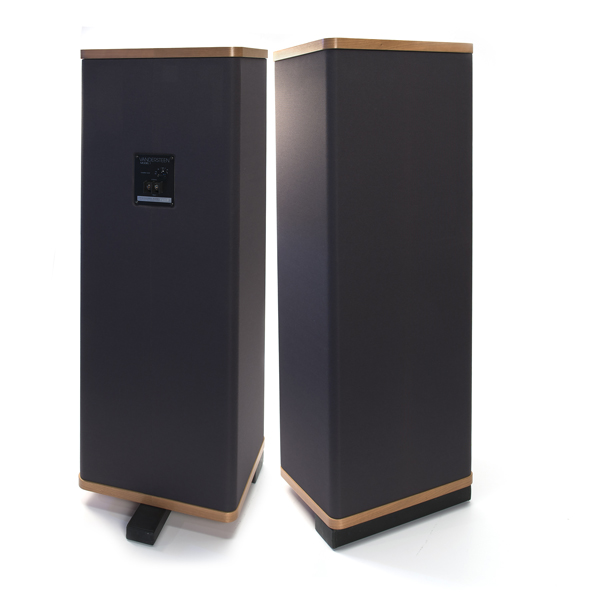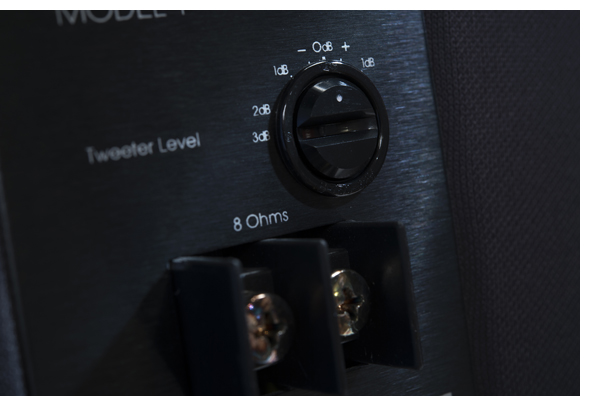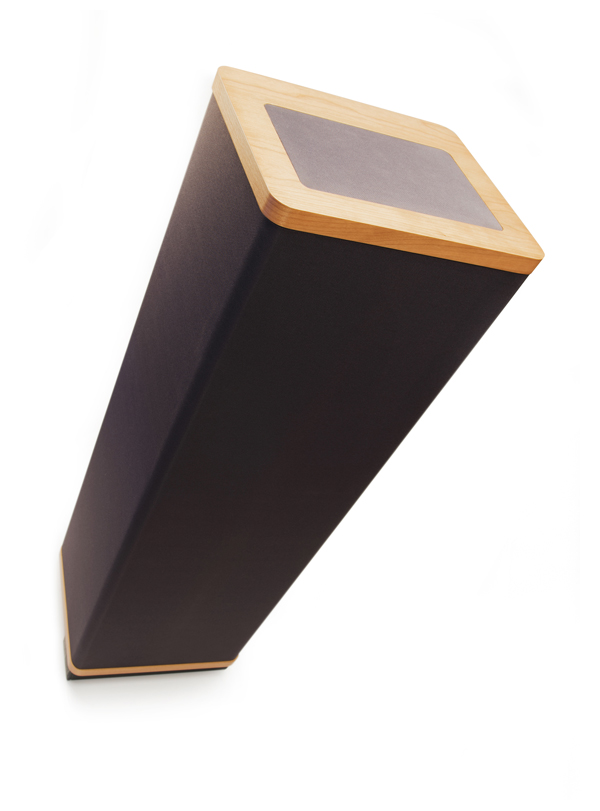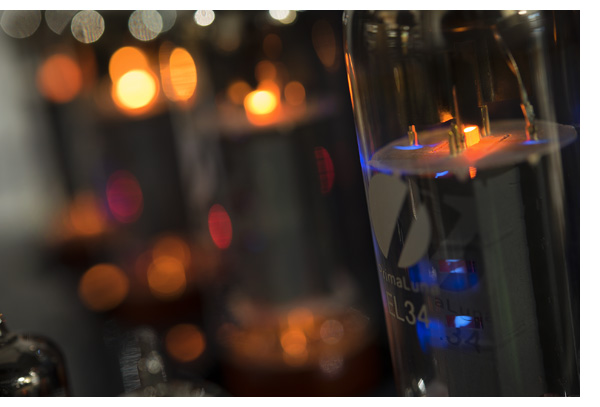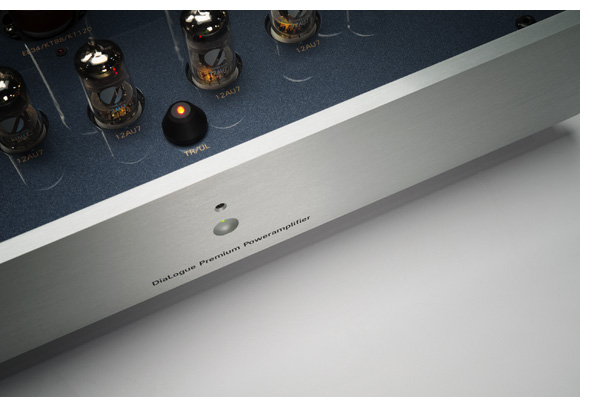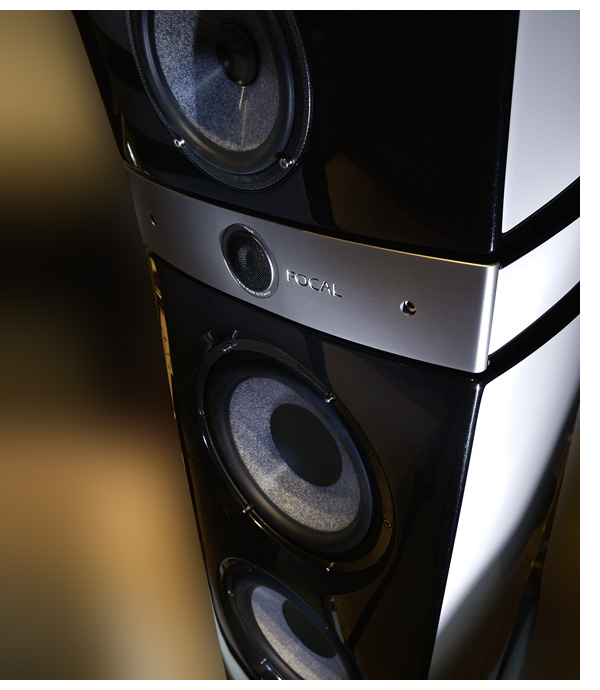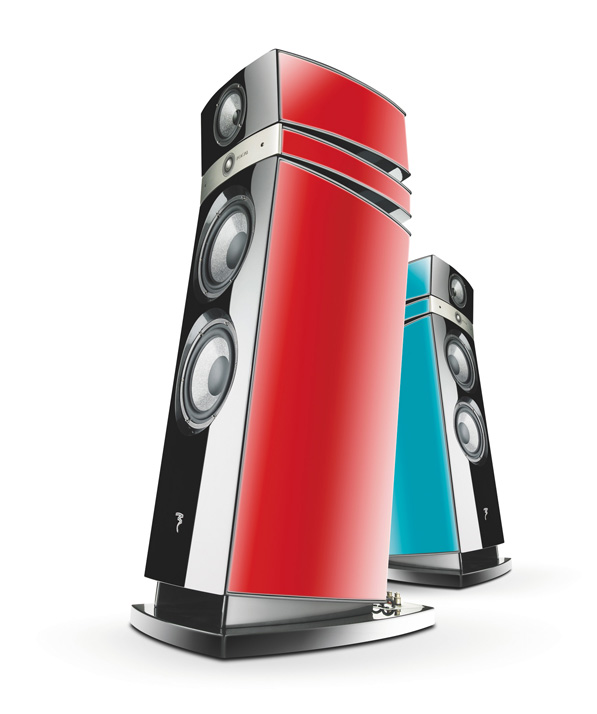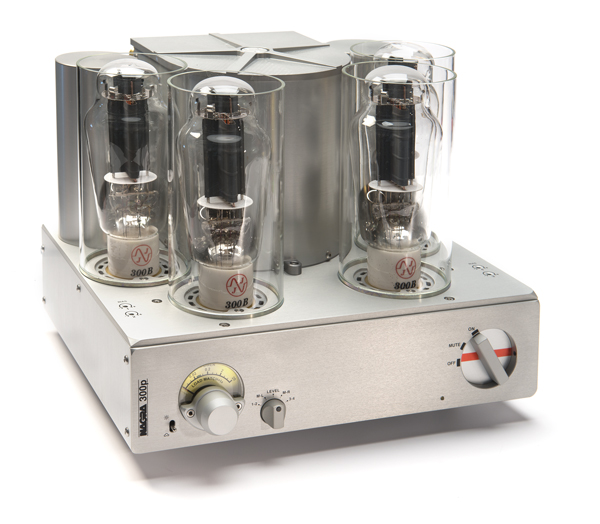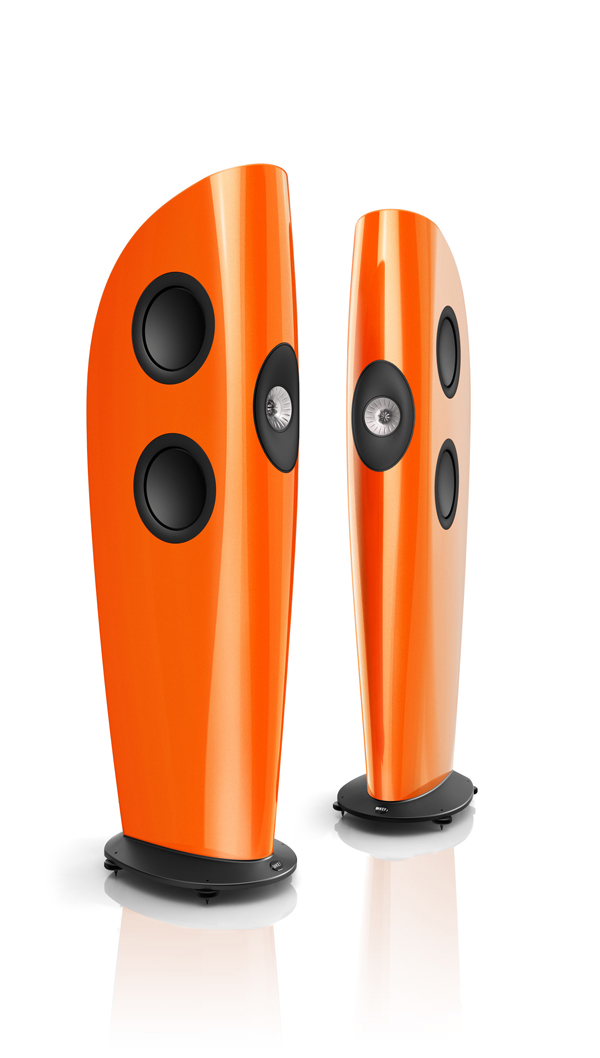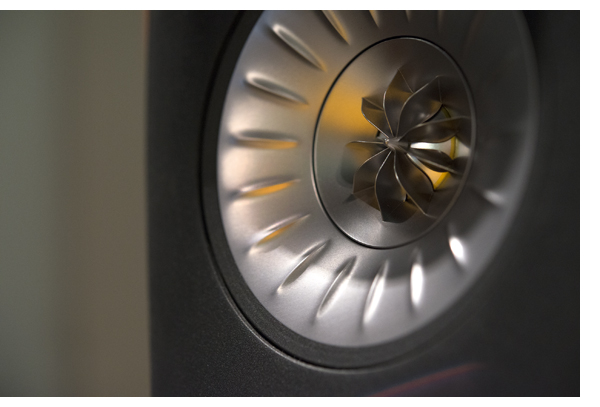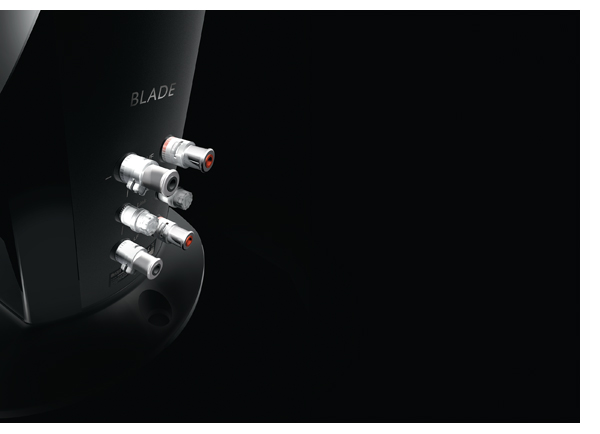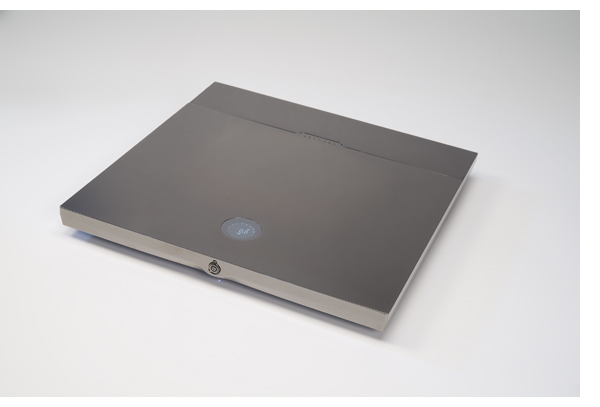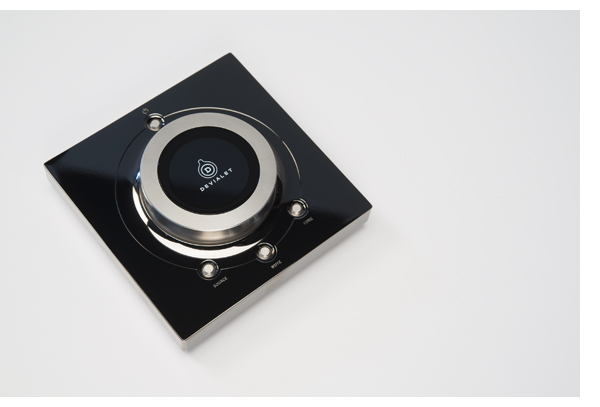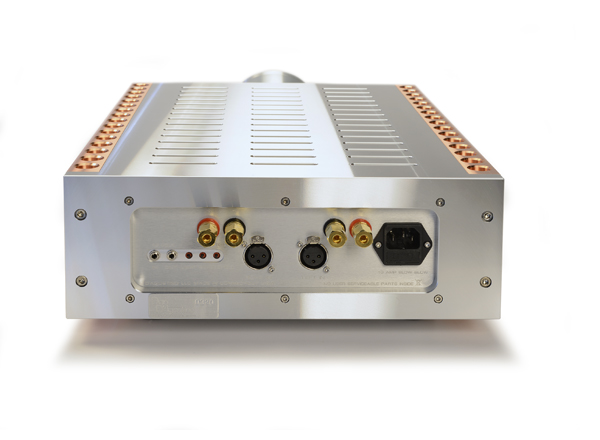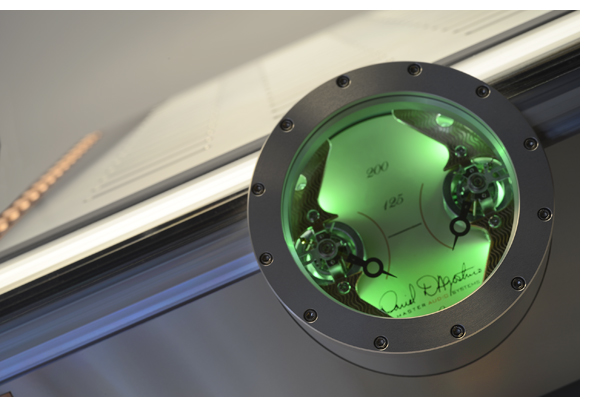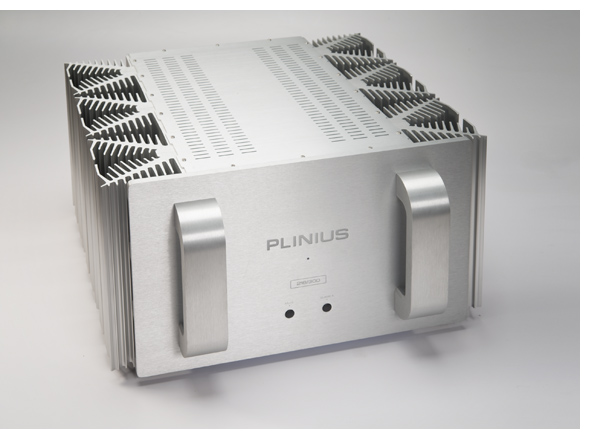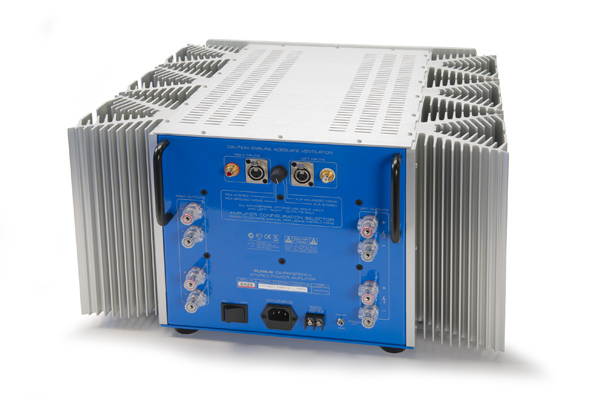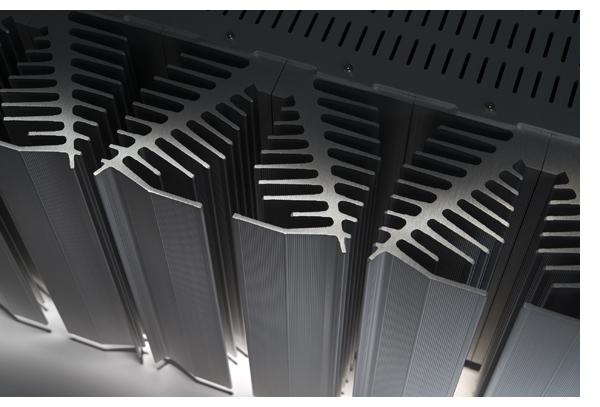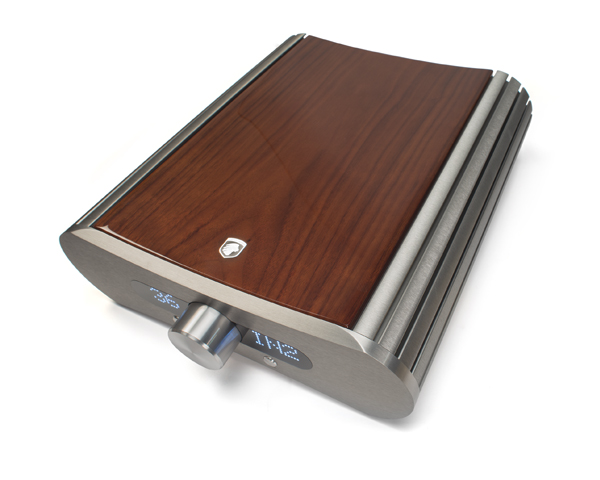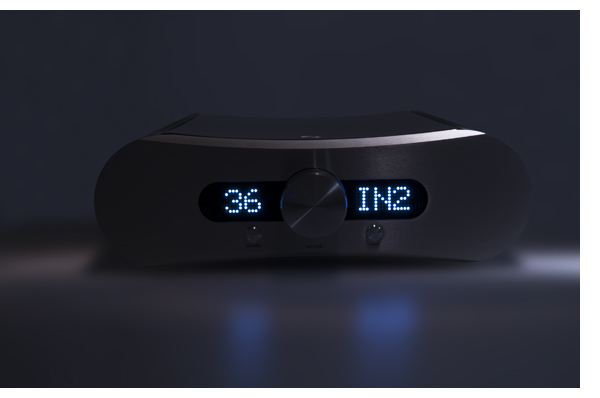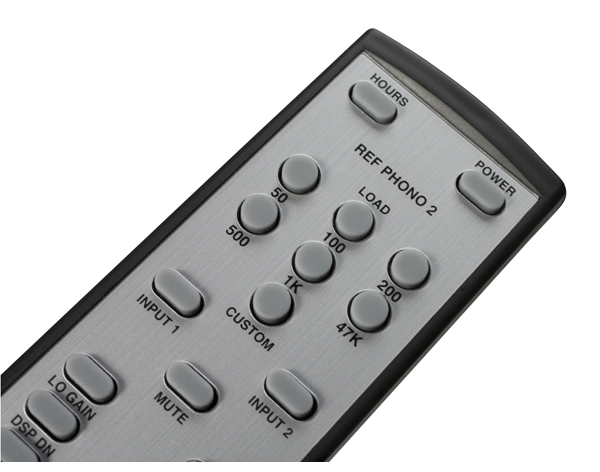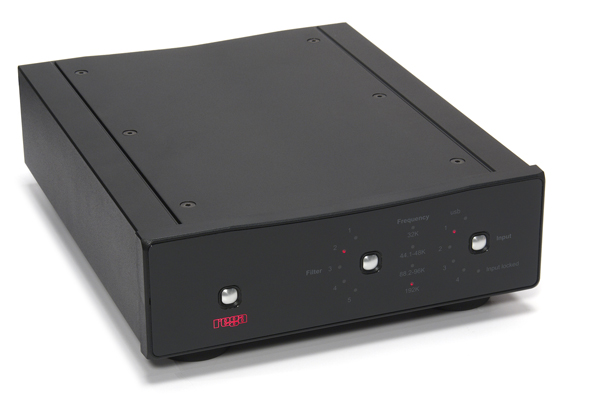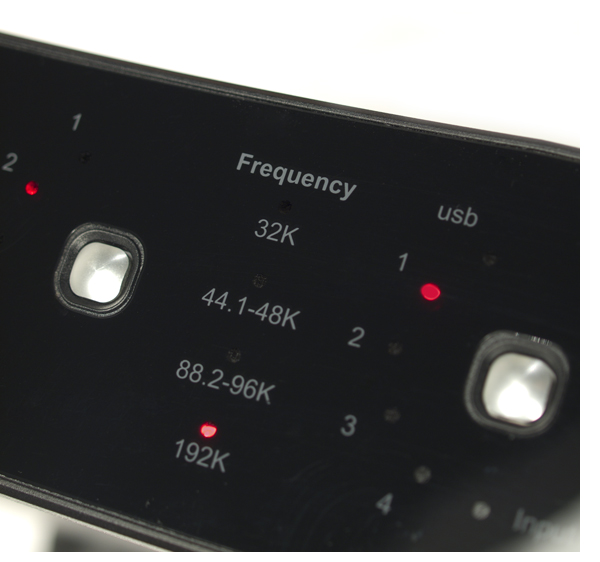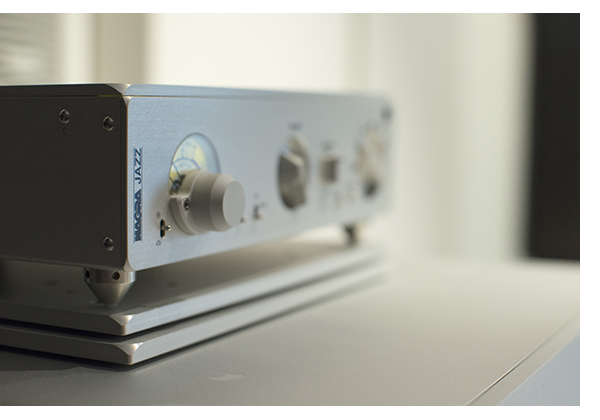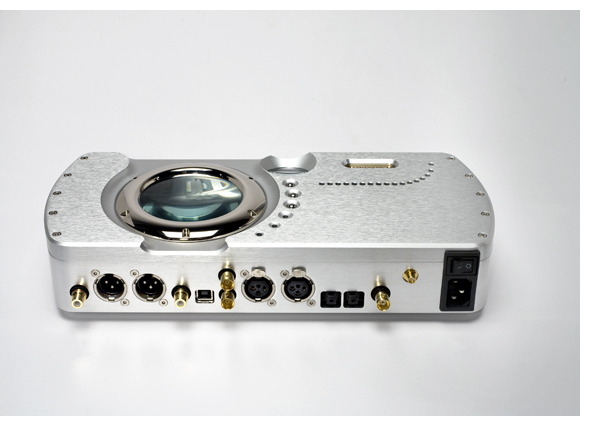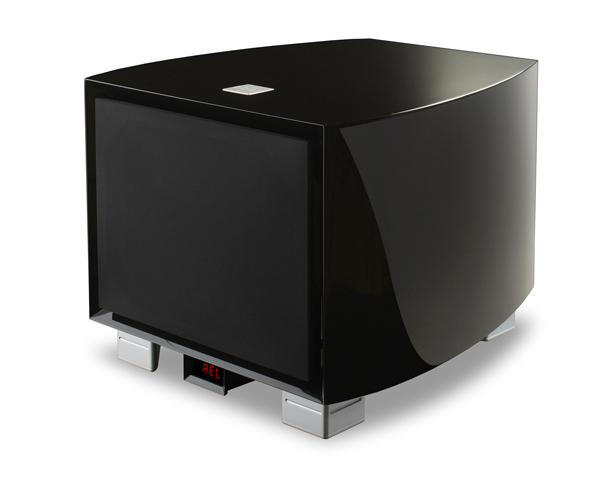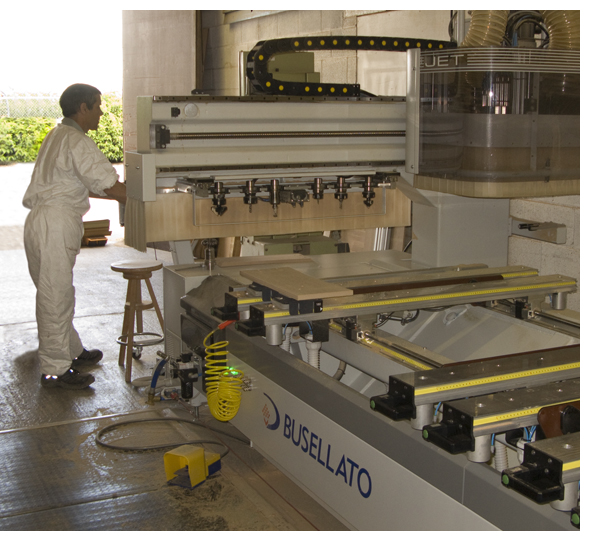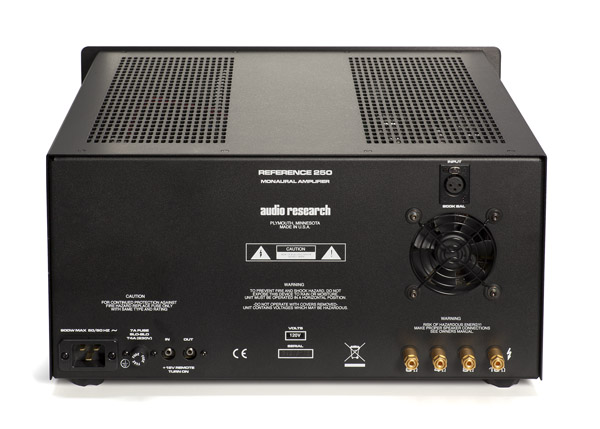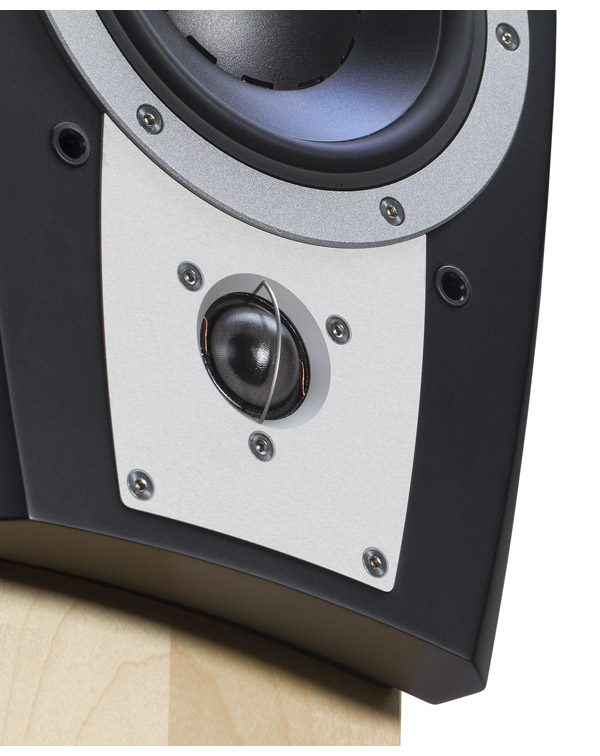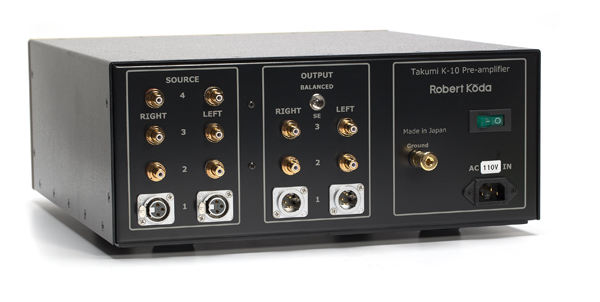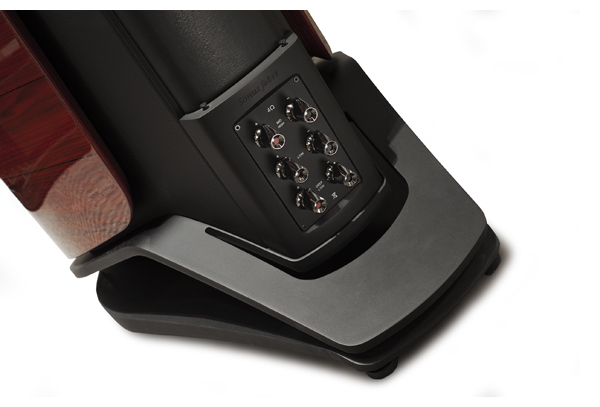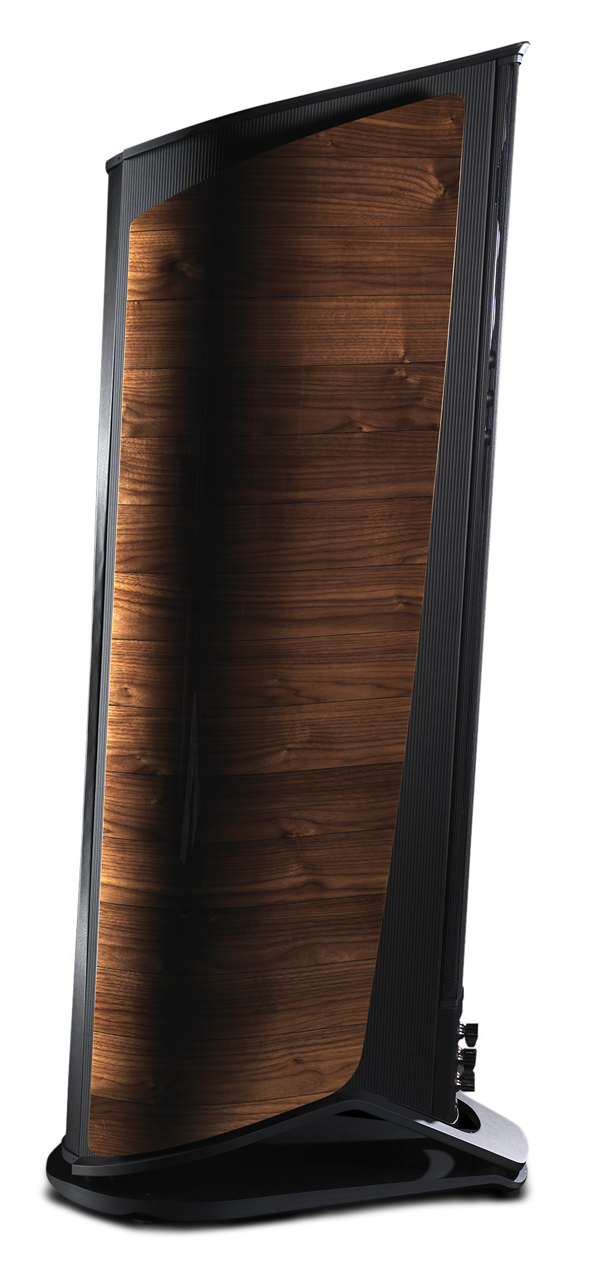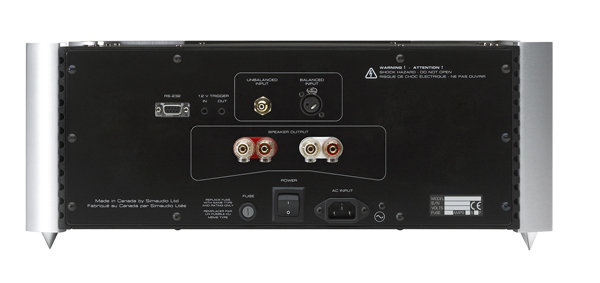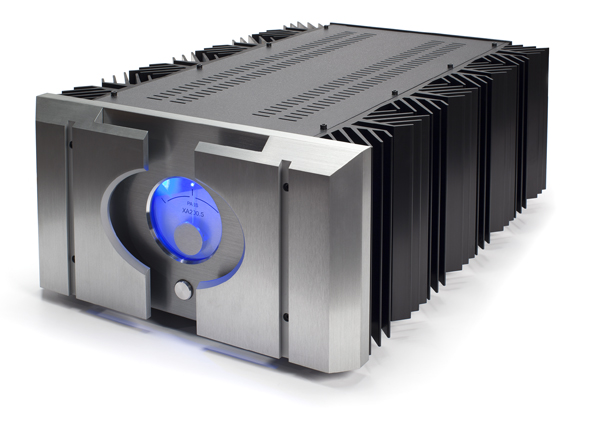 Spending four days with the Aston Martin DBS a few years ago was an enthralling experience to say the least—and beyond definition to say the most—but a brief time in the company of something outside of your means can often skew your perspective. When I return the silver beauty, a good friend who actually owns an Aston told me, “Yeah, she’s a beauty, but wait until the first oil change: $800. And let’s not even talk about the first major service…” Two years later, said friend ended up buying the Boxster S that I told him to buy in the first place—but that’s another story for another day.
Spending four days with the Aston Martin DBS a few years ago was an enthralling experience to say the least—and beyond definition to say the most—but a brief time in the company of something outside of your means can often skew your perspective. When I return the silver beauty, a good friend who actually owns an Aston told me, “Yeah, she’s a beauty, but wait until the first oil change: $800. And let’s not even talk about the first major service…” Two years later, said friend ended up buying the Boxster S that I told him to buy in the first place—but that’s another story for another day.
Just like an Aston, Bentley or Ferrari, most mega-bucks hi-fi products have a way of seducing you that standard-issue gear does not. Unfortunately, the review process does not always make it feasible for a manufacturer to leave a six-figure component in someone’s hands for longer than a reasonable honeymoon, and this is why at times these reviews seem overly enthusiastic: The reviewer never gets a chance to move past the honeymoon phase.
So let’s talk about a $110,000 digital player—that’s not a typo. I thought I had lost my mind when I purchased the dCS Paganini four-box system a few years ago (and I felt equally crazy when buying the Naim CD555 a few years before that); yet, after even a few months it was very obvious that the Paganini performed well beyond anything I’d ever experienced. And it just got better the longer I listened to it with an even wider range of music. So how much better could a player costing almost twice as much as the Paganini be? As it turns out, quite a bit better.
A Brief Tech Brief
In the past year, much has been written about the Vivaldi’s technical prowess via Stereophile, The Absolute Sound and others, so if you’re looking for a more geeky perspective (and even if you aren’t), I suggest reading Michael Fremer’s and Robert Harley’s takes on this player. Should you be investing at this level, read everything you can and do some serious listening—one doesn’t want buyer’s remorse on a purchase like this.
Instead of focusing on the technical aspects, we’re going to concentrate more on the Vivaldi experience. What’s it like to truly live with a player like this for a whole year? Is it still exciting? Is it a fling or a long-term love affair?
To make an incredibly long story shorter for those not familiar with dCS, the British manufacturer takes a modular four-box approach to its top digital players, (separating the most critical parts of the playback chain as they see it: a CD/SACD Transport, DAC, system Master Clock, and what they see as the system hub, the Upsampler) with separate sections for the transport (which plays CDs and SACDs), DAC, master clock, and upsampler. This allows the user the ability to build a dCS stack one box at a time, starting with the DAC alone if you so desire, or to eliminate the transport entirely for those not using discs.
Where so many DACs rely on off-the-shelf hardware, the Vivaldi, like all other dCS products, utilize the company’s own “Ring DAC” technology, which is based around field-programmable gate array chips and the proprietary, discrete digital-to-analog converter circuit that runs dCS decoding software and gives the DAC its name. What does that really mean? On one level, it means that when dCS learns something new in the lab, your player can be reprogrammed with the latest software with ease, like having the software in your car’s ECU upgraded for more horsepower. Having gone through a couple of software upgrades with the Paganini, I can tell you that it is an exciting process. Each time, I felt as if I had purchased an entirely new component, with the updates providing a significant performance upgrade at no additional cost. I merely had to insert a disc, upload the data, and voila, I received a much better player than I had before.
Not only does the Vivaldi offer this same functionality, but because the gate array on the new digital main board only uses about 30 percent of its total processing power, there is plenty of room for whatever future upgrades the brainiacs at dCS come up with in the years to come. This future-proof approach goes a long way in terms of consumer confidence when writing a six-figure check.
The Vivaldi is capable of playing all file formats from 16 bit/44 kHz to full DSD, with the option of playing all files natively or upsampling to any higher data rate, as well as upsampling to DSD or DXD. Check the dCS website for all the fine details. Suffice it to say that the Vivaldi will play virtually any music format you throw at it with no issue, and as new formats become commercially relevant, upgrades are a snap.
Inputs, Outputs and Cables
As a four-(unit/box) system, the Vivaldi plays everything but Blu-ray Discs and DVD-A (however my MSB transport connected to the stack allows playback of these formats, giving me a fully functioning digital Death Star). The Vivaldi does play every known digital audio format, including DSD. John Quick, of dCS North America, brought me a hard drive loaded with DSD files; however, comparing these files to the SACDs in the Vivaldi transport, the optical disc always comes out on top in terms of clarity and a natural presentation. For this reviewer, DSD files continues to be a major non-issue, but the Vivaldi is fully equipped to handle the format.
With a full bevy of every input you can think of, the Vivaldi accepts digital signals from every source imaginable, including iPods, iPhones, and iPads (because the Vivaldi is Apple approved). Even the 320-kbps feed from Spotify sounds amazing—never better, in fact—when played through the dCS stack, especially when upsampled to DSD.
The key to maximum performance is proper setup and connection, and making sure that all three boxes (transport, upsampler and DAC) are all properly set to talk to the master clock. If this is done incorrectly, the clock does not lock all four pieces of the stack together and playback suffers dramatically. On the subject of upsampling, many will argue that imaging and timbre suffer from this approach, but I will tell you that the dCS nails this without any sign of artifacts.
A total of 13 cables are required to connect the Vivaldi stack together, not counting four AC power cables. Like changing the spark-plug wires on a 12-cylinder car, do it one at a time, should you decide to upgrade the complete set of included stock cables (see sidebar). Better yet, have your dCS dealer, who will probably sell you the cables anyway, make a house call.
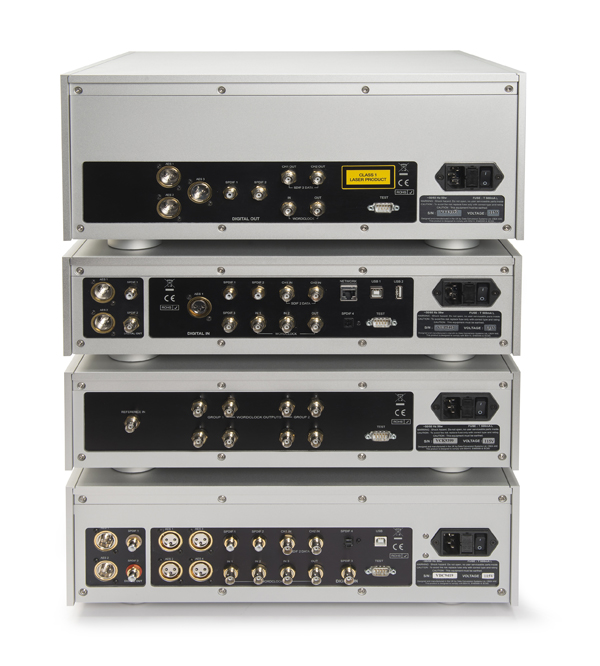
Are You Experienced?
The Vivaldi is not a plug-and-play device. After getting through the somewhat daunting process of connecting all the boxes together, and getting them all synchronized with the master clock, there are still choices. As all filtering is done via software, you have about six different digital filters to choose from. Like the Paganini, after months of driving myself crazy, I settled on the default settings. Those with ADD/OCD issues will go slightly mad here, because there are so many possible combinations—which leads us to the question of upsampling.
While I rarely hear much difference when upsampling high-resolution files to DSD, 16/44 files (especially MP3 files) benefit tremendously from upsampling, having more air and life overall. There are no instances where I prefer going straight 16/44 all the way through to output.
Should you be using a source like a Meridian digital-music server, which does not offer a word clock input, the proper adjustments will have to be made on the Vivaldi so that the system is not running unlocked, causing effects similar to tape dropout. When using my Meridian server, I go into its menu and disable internal upsampling (which normally yields a 24/88 output) and force it to output CDs at native resolution and let the Vivaldi do the rest.
Serving It Up
Instead of using an external server for delivering digital files, the way to really roll with the Vivaldi is using a NAS drive and the dCS application. You can also access files directly via an external USB drive (or thumb drive) plugged directly into the Vivaldi’s USB port. This provides the clearest, cleanest signal path and a major step up in reproduction quality over any of the servers I have on hand, which makes perfect sense. For my initial review of the Vivaldi, dCS had not fully sorted out the app, but now it is working rather nicely, and in addition to cataloging your music collection, it works as a giant remote control for the DAC and Upsampler, with the ability to control the entire stack in the works in an upcoming software upgrade.
As a music server, the dCS app gets a 7 for convenience (sorry, there still isn’t a server out there that can beat the Meridian for ease of use and speed), but an 11 for sound quality, so take your pick. Personally, I like the simplicity of having it all on one remote, but it is nice to know that if you purchase a Vivaldi, you won’t have to buy or configure an additional streamer—just plug an Ethernet cable into the Upsampler, find your NAS with the App, and roll.
All Digital? Forget the Preamp
While dCS’s digital volume control is excellent in the Paganini, it still sounded more lifelike going from the line-level outputs, with volume control set to its maximum level, to a great linestage. The Vivaldi closes this gap such that, if you are an all-digital music listener, you really don’t need a separate linestage, thanks to the increased low-level linearity of its volume control and the transparency of its output stage.
We put the Vivaldi through its paces with a wide variety of power amplifiers, from the $2,000 VanAlstine Ultravalve all the way up to the $88,000-per-pair Pass Xs 300 monoblocks, which are my current reference. Comparing playback with and without a linestage—including the ARC REF 5SE, Burmester 011 and Robert Koda K-10—we found that, while the Vivaldi doesn’t reveal more music without a linestage in the path, using one does not diminish the presentation either. So if you’re taking the “less-is-more” approach, I’d forget the linestage if you are going all digital. The Vivaldi can be set via its menu to deliver 2-volt or 6-volt output through balanced XLRs or standard RCAs and it will easily drive two systems.
In a Word: Natural
Granted, the price of digital perfection is not cheap, but the dCS Vivaldi achieves it. The Paganini was fantastic, but switching to analog playback via the AVID Acutus Reference SP (with either the Clearaudio Goldfinger or Lyra Atlas cartridges) still stole the day. This always left me thinking, “That’s damn good for digital,” but the Vivaldi offers playback on a completely different level. I don’t love analog any less than I used to, but 12 hour days listening to the Vivaldi instead of a turntable is never a problem. And after myriad comparisons of analog to digital files with various resolutions, not only can I easily live with the Vivaldi, half of the time the Vivaldi reveals more music than analog does in my system.
Listening to some high-resolution files of Neil Young’s Harvest, supplied by Quick, illustrates this succinctly, when compared to the recent Chris Bellman remaster (which is excellent). Young’s acoustic guitar intro is bigger and bolder and has more tonal richness. As the drums and piano enter the track, they have a more distinct space via high-resolution digital, and the sparse bass line and banjo are locked down into their own separate spaces in a way the LP just can’t match. Yet, on Peter Gabriel’s “Lay Your Hands on Me,” via digital and the 45-rpm Classic Records box set, the vinyl takes the lead for all the same reasons, though the full digital recording is still quieter.
Time after time, it’s easy to fool analog-loyal friends by spinning the LP and playing the Vivaldi at the same time, claiming to be playing vinyl. They would all chime in proclaiming analog’s superiority. But when the truth was revealed, they were shocked that they were in fact listening to digital—oh, the horror.
For those with world-class analog front-ends, the digital part of your music collection no longer has to take a back seat to your analog collection. And that’s the highest compliment I can pay the Vivaldi. If you don’t have analog, you don’t need it with this player. I am keeping it as my new reference digital component—and now that I’m 55 years old, it may be my last.

Minor Nits
After a full year, the only complaint I have with the Vivaldi (and the Paganini suffered the same problem) is its human interface. While the new display screens on the Vivaldi are much easier to read, the writing above all of the buttons on the silver-faced units like mine are nearly impossible to read by anyone over 30. If I had to do this again, I would opt for the black version with the white type, only to be able to read the buttons better.
Fortunately, once you get used to the Vivaldi and get it configured the way you want it, you shouldn’t be doing much more in terms of fiddling. And controlling the stack via an iPad and the app does make it much easier.
Line in the Sand
Bottom line: If the office ever burns down, I’ll buy another Vivaldi and forget about rebuilding my record collection. It’s that good. After an entire year of 12- to 16-hour listening sessions daily, I’m still pinching myself over the level of performance this player achieves—and now even more so with the built-in app and server capability.
The dCS Vivaldi becomes more engaging the longer you listen to it and the more of your music collection you can experience with it. It is one of the precious few systems at any price that completely disappears and lets you fully enjoy the music.
Much like an Aston Martin DBS or Ferrari 458, the dCS Vivaldi delivers a level of elegance and performance that is unmatched by lesser players. But unlike with the four-wheeled toys, you can build a Vivaldi system one box at a time. And should you not require a disc spinner, the $68K price of a three-box Vivaldi is almost a steal for the performance it delivers, especially if you are an all-digital listener and can ditch your $10K-to-$40K linestage as part of the upgrade.
If you can afford a dCS Vivaldi, take it for a test drive; you won’t regret it. The most exciting part of adding this player to my reference system is that it remains enthralling after a year of intense listening and it definitely reveals substantially more music than the excellent dCS Paganini that it replaced. This is definitely a long-term love affair, not a fling.
The Vivaldi digital playback system
MSRP:
Transport: $39,999
Upsampler: $19,999
Master Clock: $13,499
DAC: $34,999
www.dcsltd.co.uk
PERIPHERALS
|
| Preamplifier |
Robert Koda K-10 |
| Power Amplifier |
Pass Labs Xs300 monoblocks |
| Speakers |
Dynaudio Evidence Platinum |
| Cable |
Nordost Frey 2 |
| Power |
IsoTek Super Titan |
|








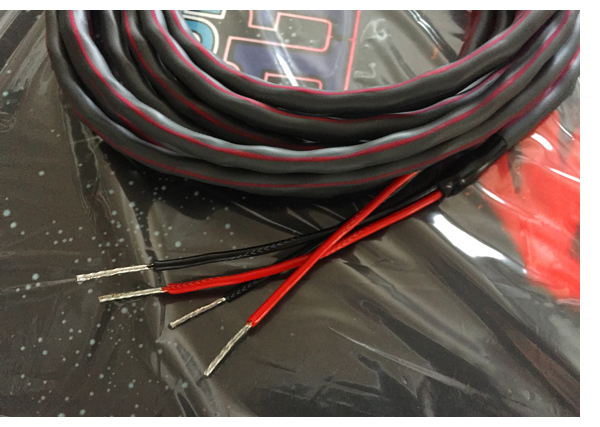
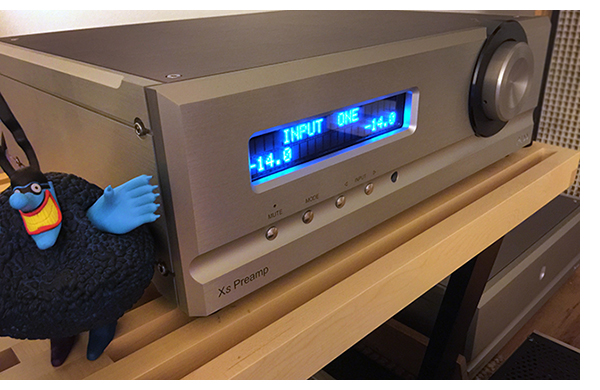
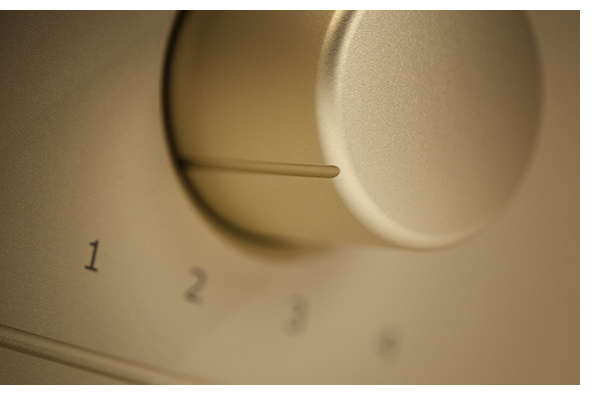
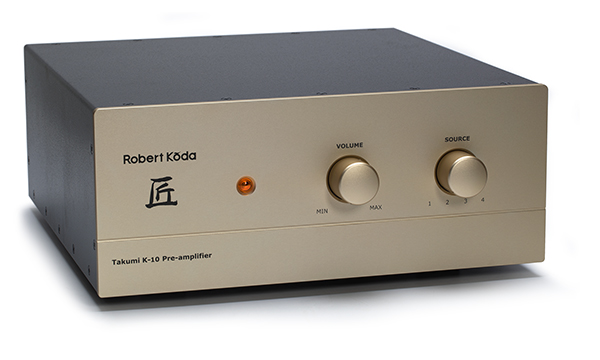

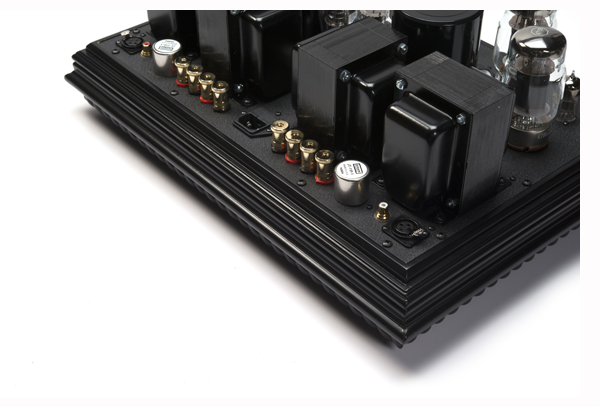

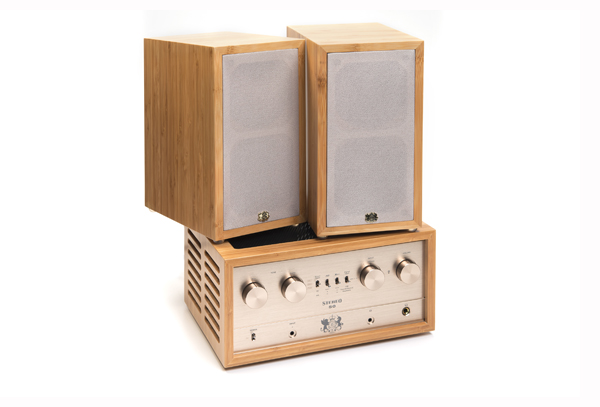
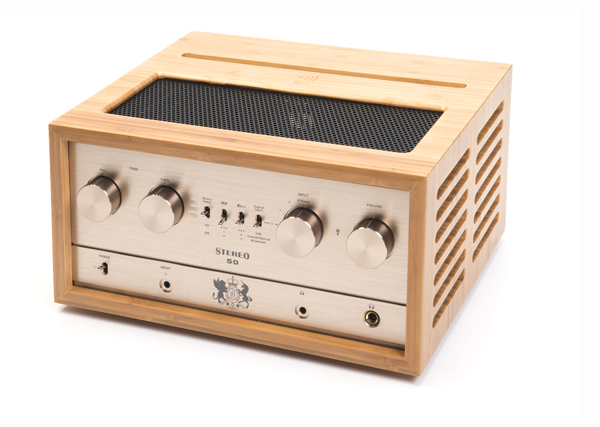
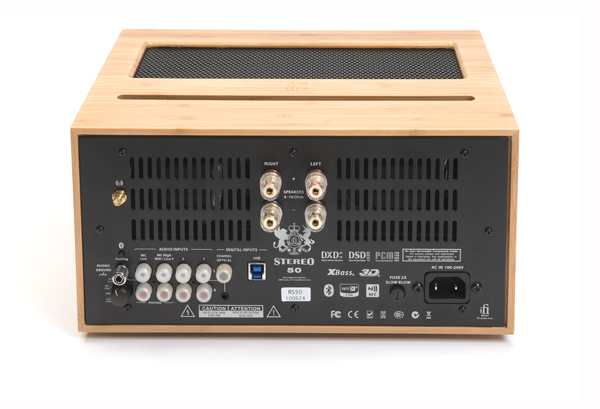
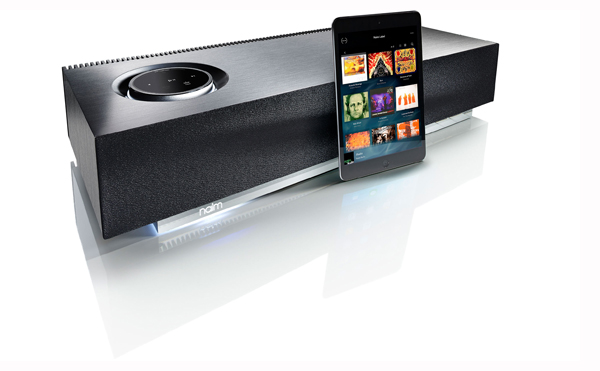
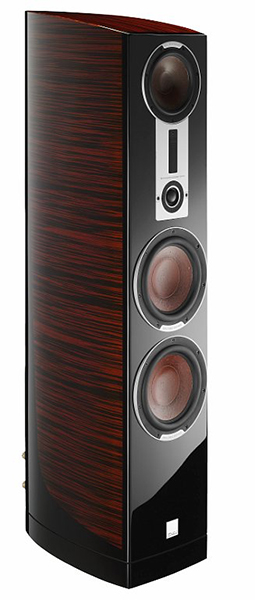




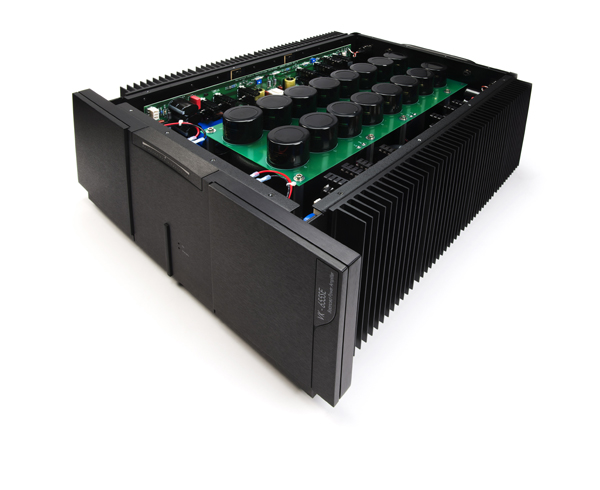

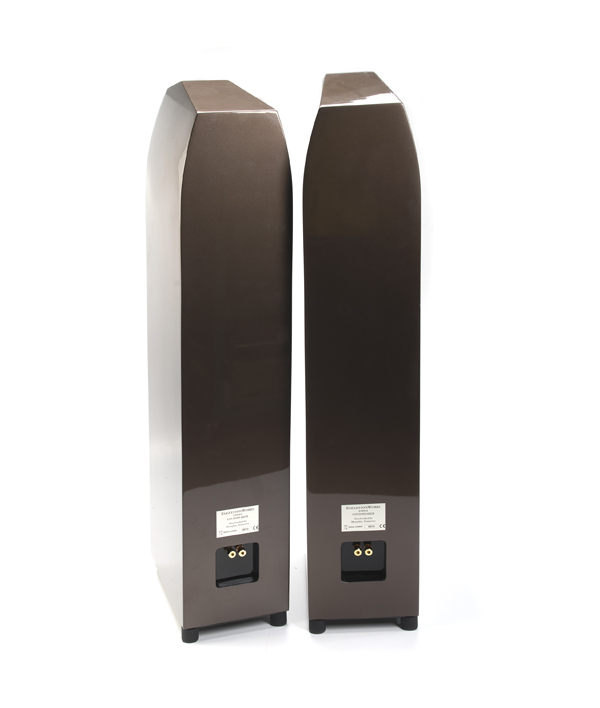


 MartinLogan continues to expand their phenomenal Motion series of loudspeakers to the new 35XTs you see here, featuring a 6.5” woofer and their incredible folded motion (ribbon) tweeter, all in a solid wood cabinet, available in a variety of colors, including high gloss black.
MartinLogan continues to expand their phenomenal Motion series of loudspeakers to the new 35XTs you see here, featuring a 6.5” woofer and their incredible folded motion (ribbon) tweeter, all in a solid wood cabinet, available in a variety of colors, including high gloss black.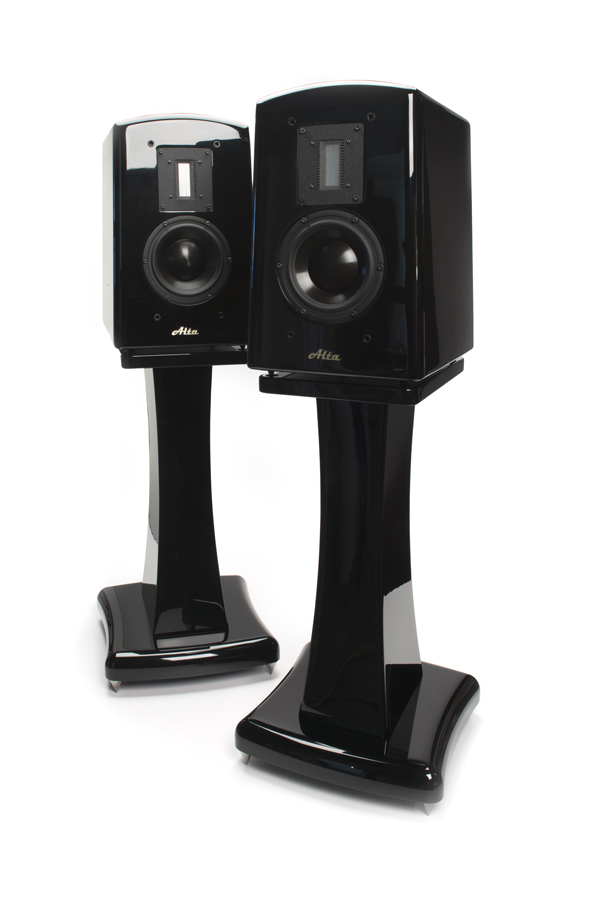 The arrival of the Alta Audio FRM-2 loudspeakers exposed a certain prejudice or bias of mine against ribbon tweeters.
The arrival of the Alta Audio FRM-2 loudspeakers exposed a certain prejudice or bias of mine against ribbon tweeters. 
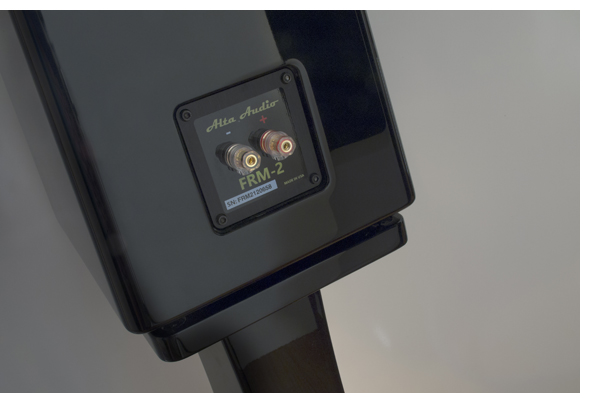
 PrimaLuna and I go way back; back before
PrimaLuna and I go way back; back before 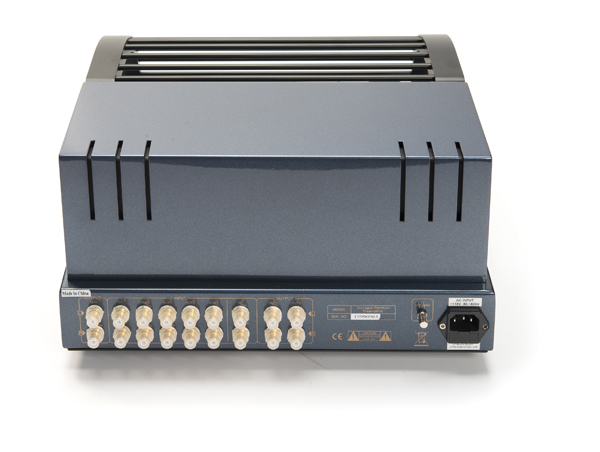

 Everything we loved about the
Everything we loved about the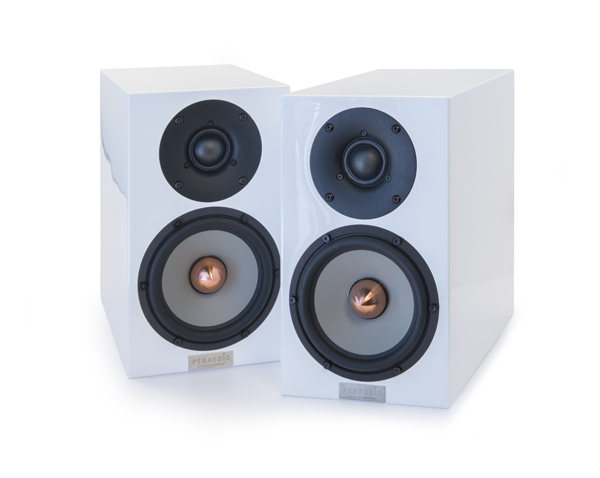 Cranking Public Enemy’s “Fight the Power” to a level way beyond what I’d ever expect from a small pair of monitors causes me to redefine my mental short list for a final hi-fi system. While I routinely audition six-figure speakers (and enjoy every minute of it), the Cenya and its slightly more expensive sibling, the Cenya Signature, deliver so much music that I would happily retire with these Finnish beauties as destination speakers.
Cranking Public Enemy’s “Fight the Power” to a level way beyond what I’d ever expect from a small pair of monitors causes me to redefine my mental short list for a final hi-fi system. While I routinely audition six-figure speakers (and enjoy every minute of it), the Cenya and its slightly more expensive sibling, the Cenya Signature, deliver so much music that I would happily retire with these Finnish beauties as destination speakers.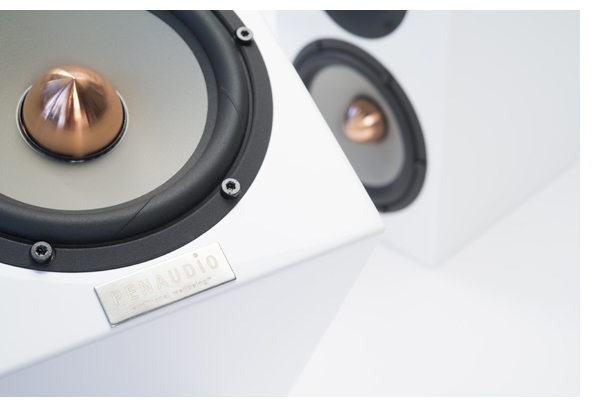

 If you’ve ever had the opportunity to audition Burmester loudspeakers, you know they mate perfectly with the company’s electronics and that, together, they put forward a very dynamic, powerful presentation. And, as founder Dieter Burmester is a bass player in his spare time, his speakers are never lacking in low-frequency authority.
If you’ve ever had the opportunity to audition Burmester loudspeakers, you know they mate perfectly with the company’s electronics and that, together, they put forward a very dynamic, powerful presentation. And, as founder Dieter Burmester is a bass player in his spare time, his speakers are never lacking in low-frequency authority.
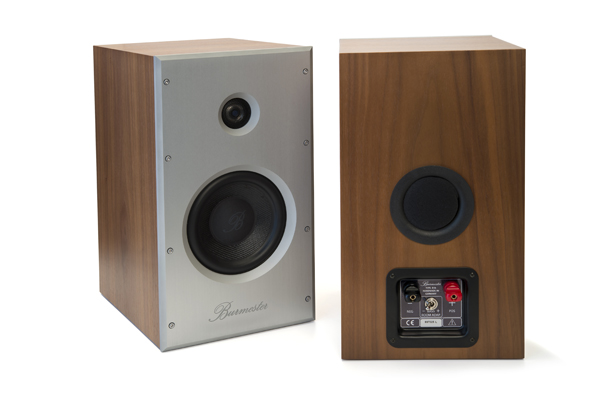
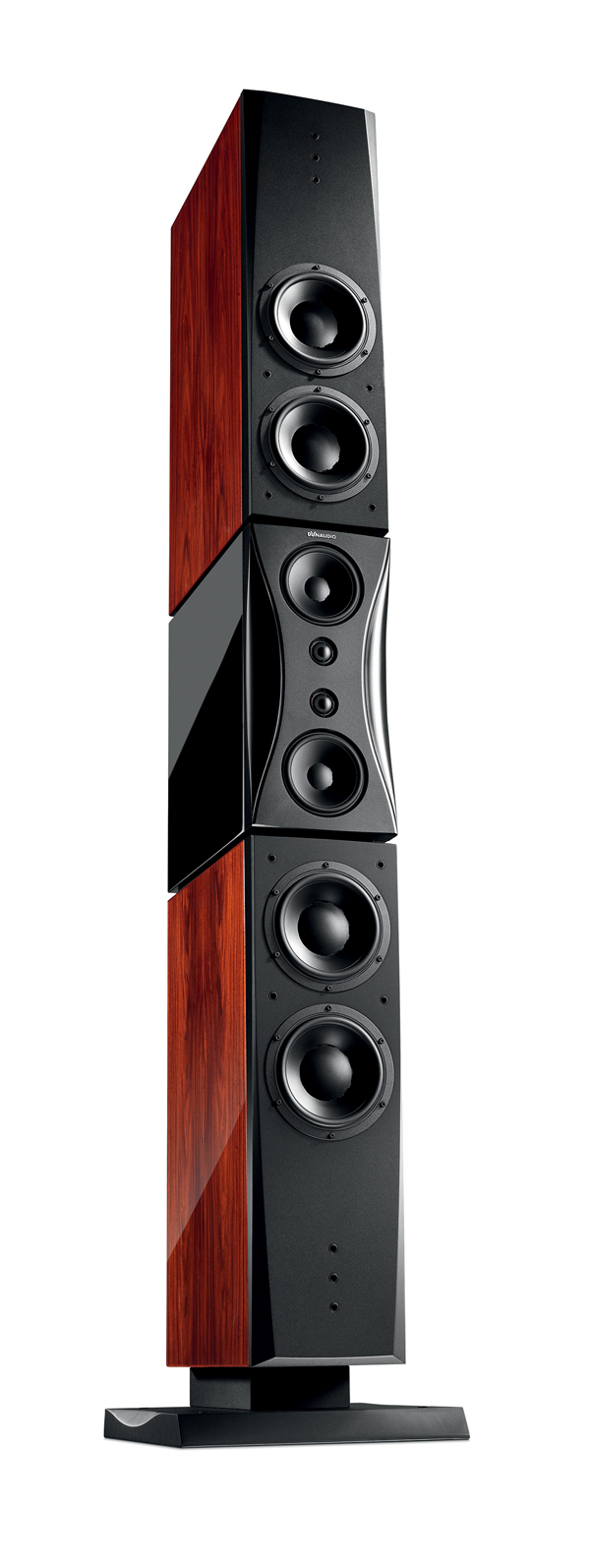 As the sound-level meter bounces above 105 dB during playback of the title track from Iron Maiden’s
As the sound-level meter bounces above 105 dB during playback of the title track from Iron Maiden’s 
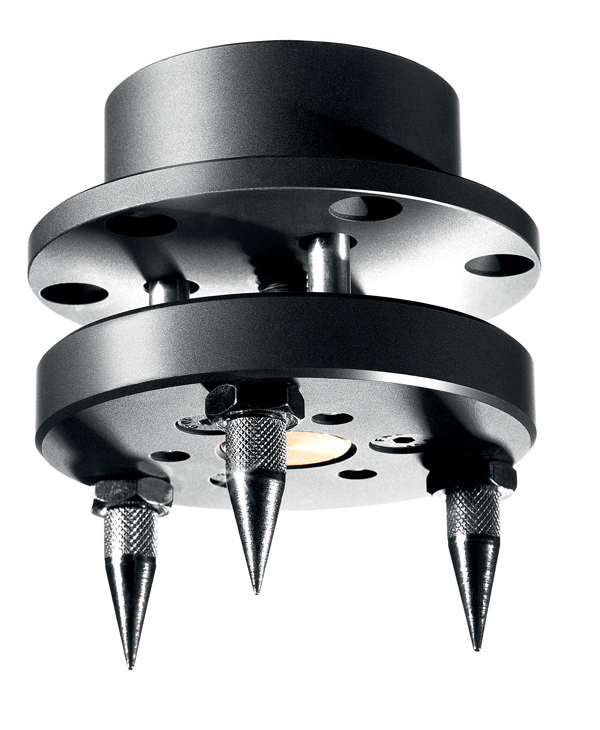 Still Solid, Months Later
Still Solid, Months Later As the starship
As the starship 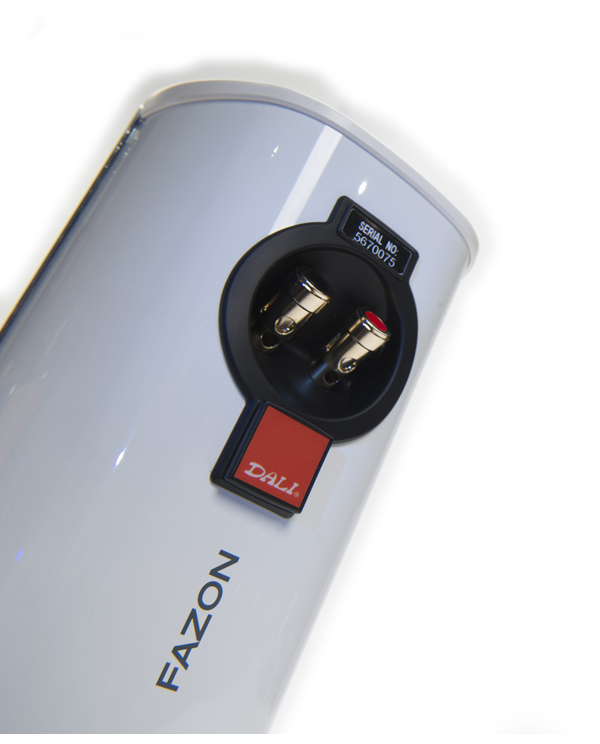

 One sure way to start a war is to mention cable on any audiophile discussion forum. Yes, there are many who are convinced that cables are all crapola, conjured by sorcerers who want to separate you from your hard-earned money, offering nothing in return. At the same time, others live and die by their cable, often plugging in wire products costing multiple times their components’ due in search of a certain sound.
One sure way to start a war is to mention cable on any audiophile discussion forum. Yes, there are many who are convinced that cables are all crapola, conjured by sorcerers who want to separate you from your hard-earned money, offering nothing in return. At the same time, others live and die by their cable, often plugging in wire products costing multiple times their components’ due in search of a certain sound.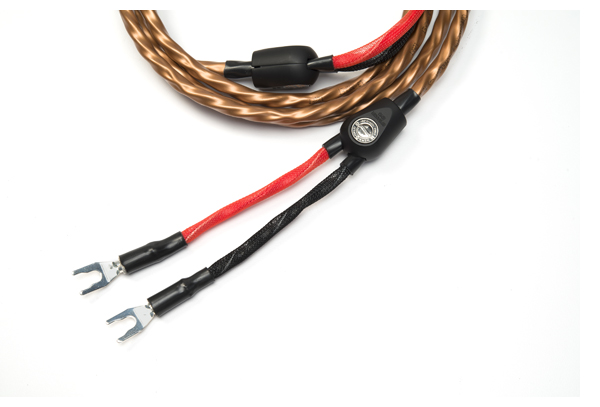
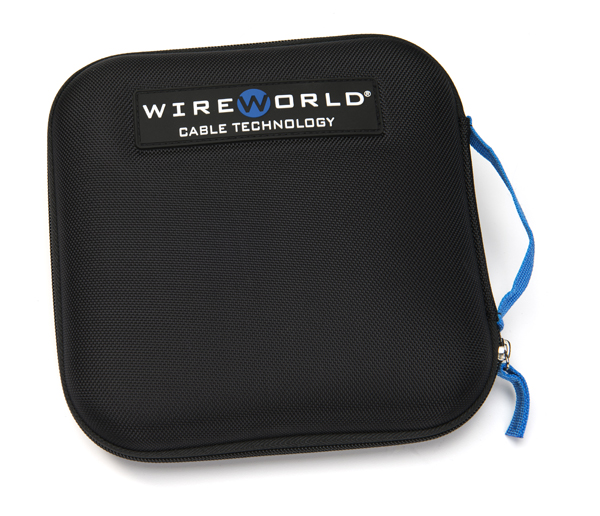
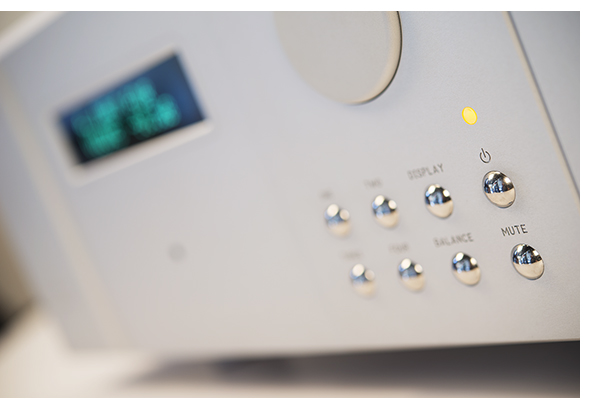 Following Steve Martin’s vocal musings on “Late For School,” it becomes immediately apparent how well this integrated amplifier, Boulder’s entry-level piece, keeps track of pace and timing.
Following Steve Martin’s vocal musings on “Late For School,” it becomes immediately apparent how well this integrated amplifier, Boulder’s entry-level piece, keeps track of pace and timing.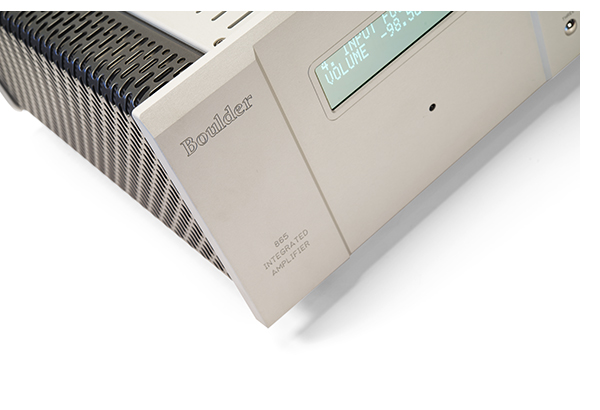 The XRCD version of Jackie McLean’s Swing, Swang, Swingin’ proves equally illuminating. Like every other Boulder product I’ve experienced, the 865 follows the family tradition by neither adding nor subtracting to the sound. While this may bring slightly less to the presentation on poor quality recordings, that can benefit from a bit of warmth, what it does for stellar recordings is well worth the tradeoff. Just like the 3050 monoblocks that we reviewed last year, the 865 is a wonderful conduit for music, never throwing the focus on itself; it’s always in the service of the music.
The XRCD version of Jackie McLean’s Swing, Swang, Swingin’ proves equally illuminating. Like every other Boulder product I’ve experienced, the 865 follows the family tradition by neither adding nor subtracting to the sound. While this may bring slightly less to the presentation on poor quality recordings, that can benefit from a bit of warmth, what it does for stellar recordings is well worth the tradeoff. Just like the 3050 monoblocks that we reviewed last year, the 865 is a wonderful conduit for music, never throwing the focus on itself; it’s always in the service of the music. All Boulder
All Boulder Switching between the KEF Blades, the Dynaudio Evidence Platinum speakers and the GamuT S9, the 865 did its job-playing music effortlessly. Moving it to room two with the Dynaudio Confidence C1s and the Sonus faber Guareri Evolution speakers, both extremely high performance, yet small speakers made an incredible case for stopping the audio journey right here and just enjoying the music. The 865 reveals so much that if you don’t need to blow the windows out of your listening room and you just want to revel in quality – this is your amplifier.
Switching between the KEF Blades, the Dynaudio Evidence Platinum speakers and the GamuT S9, the 865 did its job-playing music effortlessly. Moving it to room two with the Dynaudio Confidence C1s and the Sonus faber Guareri Evolution speakers, both extremely high performance, yet small speakers made an incredible case for stopping the audio journey right here and just enjoying the music. The 865 reveals so much that if you don’t need to blow the windows out of your listening room and you just want to revel in quality – this is your amplifier. Peripherals
Peripherals


